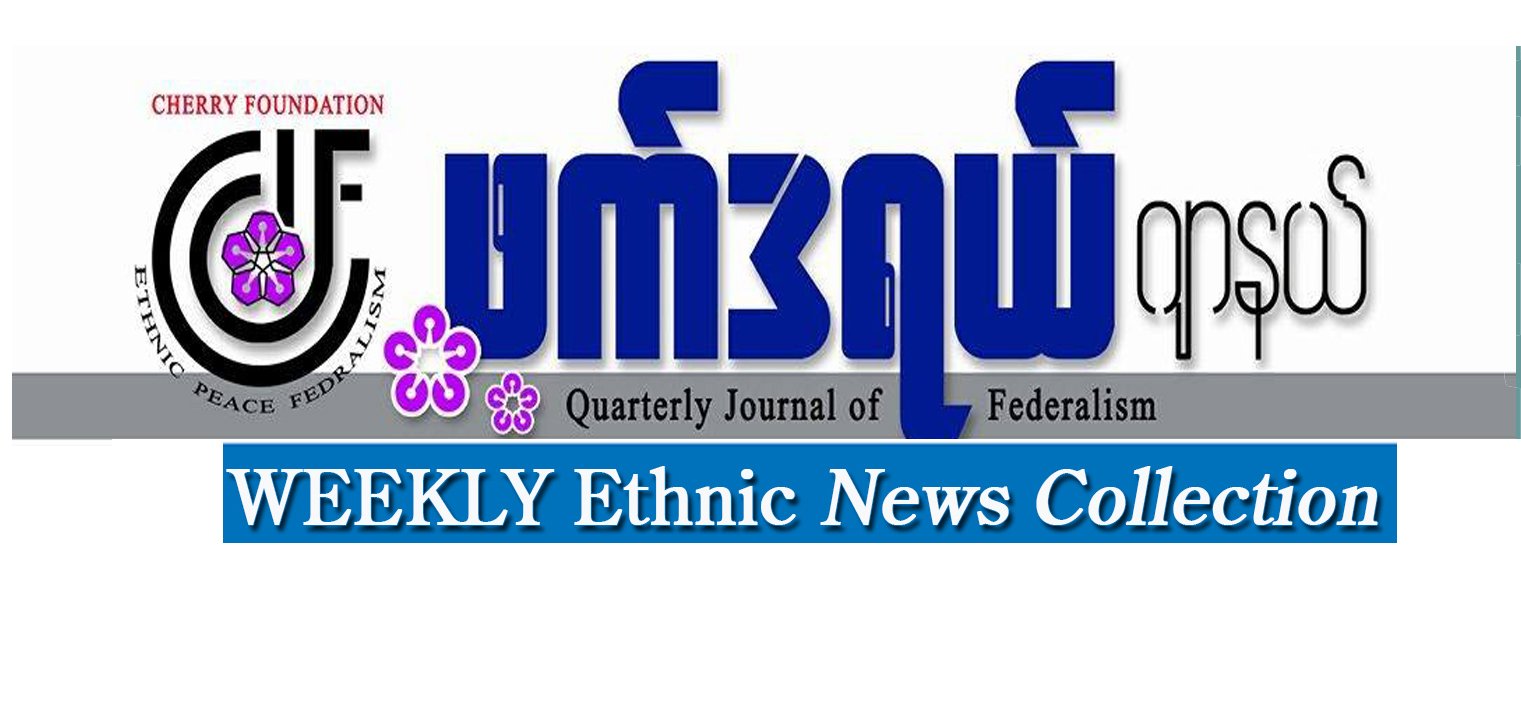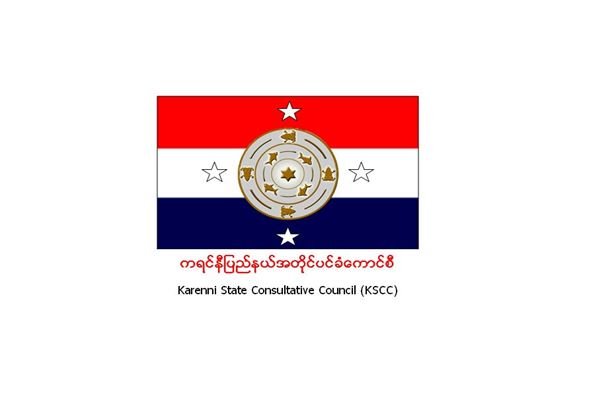
Situation Updates of Spring Revolution in Ethnic Areas
(August to October 2022)
The Federal Journal-Myanmar publishes periodically reports about the assessment of public activities, strike movements, and coordination in resisting the military junta during the Spring revolution in Myanmar.
This quarterly report focused on the political dynamic and conflict development by studying casualties on both sides due to conflict incidents, destruction of civilian structures due to the Junta’s operation, displacement, and administrative or political coordination bodies in Ethnic areas from August to October 2022.
Part (1)
The military and security situation in Ethnic Areas
- Armed Clashes
Within the past three months from August to October 2022, a total of 757 armed clashes have broken out between the SAC’s troops and resistant forces; 42 times in Kachin, 67 times in Chin, 58 times in Rakhine, 51 times in Shan, 112 times in Karenni, 391 times in Karen and 36 times in Mon state respectively.
- Casualties from the side of SAC
In the past three months, at least 2046 troops of SAC were killed in the armed clashes with the resistant group in ethnic areas; 35 in Kachin state, 135 in Chin state, 63 in Rakhine state, 68 in Shan state, 170 in Karenni state, 479 in Karen state and 96 in Mon state. Additionally, about 691 of SAC’s troops were also wounded in clashes.
- Casualties from the side of resistant groups
In the past three months, around 61 members from the resistant groups laid down their lives in the fights with the junta’s forces; 1 in Kachin, 4 in Chin, 1 in Rakhine, 12 in shan, 33 in Karenni, 7 in Karen and 3 in Mon state respectively.
- Displacement
The number of displaced people from ethnic states due to the related conflicts of a military coup has reached 769,711 at the end of October 2022; 7,921 from Kachin, 65,785 from Chin, 20,357 from Rakhine, 95,030 from Shan, 202,115 from Karenni, 352,503 from Karen and 26,000 from Mon state respectively.
- Civilian Casualties
In looking at civilian casualties, due to indiscriminate artillery shelling of the junta’s forces, the explosion of landmines,s and military clashes between the junta’s troops and resistant forces, it has been observed that at least 205 civilians lost their lives over the past three months from August to October in ethnic areas; 107 in Kachin, 8 in Chin, 11 in Rakhine, 21 in Shan, 22 in Karenni, 18 in Karen and 18 in Mon state respectively.
- Destruction of Civilian properties
According to local sources, the SAC’s troops set at least (757) houses on fire in ethnic areas which are owned by civilians in the past three months; 411 in Kachin, 12 in Chin, 82 in Rakhine, 11 in Shan, 116 in Karenni, 20 in Karen and 9 in Mon state respectively.
Part (2)
The Development of State and Ethnic Consultative Councils
- Interim Chin National Consultative Council (ICNCC)
Several joint committees between ICNCC and CJDC (Chinland Joint Defense Committee) have been formed and working together to form the Chinland Council which is expected to be an inclusive political platform for all stakeholders of Chin political actors. In addition to that, they are jointly drafting the Chinland Charter/Constitution to enable to formation of the Chinland government.
The ICNCC is collaborating with committees and related ministries of NUG and NUCC in supporting and helping local administration teams, implementing the federal health system in Chinland, giving humanitarian assistance for IDPs in the border areas and CDMers, working on NUG Bond for Chin and so on.
- Pa-O National Federal Council (PNFC)
The PNFC has formed three additional departments; political, military and management. According to the released statement, the military department of PNFC has been supporting its military wing called Pa-O People Defense Force – Kham Dom – PPDF with necessary military equipment. Similarly, by the collaboration between PNFC and NUG-MoE, free online basic education activities for the interim period have been enrolled and started teaching on September 24 under the department of management.
As the endorsed principles of Pa-O National Conference, the PNFC is formed by 15 members who are equally represented from five different sectors; Pa-O National Liberation Organization (PNLO), diasporas Pa-O forces, strike and alliance committees in domestic, Pa-O Political Consultative Council – PPCC and Pa-O People Defense Force-Kham Dom – PPDF.
- Mon State Interim Coordination Committee – MSICC
According to a responsible person from MSICC, in line with the Federal Democratic Charter Part (I) and (II), the MSICC has been practicing its administration, jurisdiction, and defense-related activities with the involvement of technical experts in each sector. MSICC urged the Mon people to fight the junta on many fronts such as political battles, human rights battles, and military battles for their political goal by releasing a statement on the 75th Anniversary of Mon Revolution Day.
New Mon State Party which does not join with MSICC is criticized by the Mon people because of it position and continuously meeting and discussions with the SAC. At the same time, NMSP celebrated a completion event for its 124th basic military training on October 28, 2022. The education department of NMSP has been able to extend its education level to college status and, a 50 bedded hospital has been opened recently in its controlled area.
- Karenni State Consultative Council – KSCC
The KSCC has been delivering services in several sectors; health, education, and police activities in the areas where the Karenni-resistant group is in control. Education and health activities of KSCC are mostly seen in the areas where IDPs camps are located and, technical support and activities of KSCC in promoting the rule of law are also observed in the areas. According to the source from KSCC, the Karenni State Consultative Council has been reforming its institution over the past three months so that political matters have temporarily ceased.
- Kachin Political Interim Coordination Team _ KPICT
Kachin State Comprehensive University – KSCU was formed by the collaboration and initiation of KPICT and CDM University teachers. The KSCU has started various educational activities in Liza and Mai Ja Yang which are the control areas of KIA. The structure and policies of KSCU are drafted according to the policy guidance of NUG MoE.
- Taang Political Consultative Committee
For the establishment of the Taang national state, TPCC led the workshop on the third draft state constitution which has been amended up to the third time and consulted the community of Taang people. Likewise, TPCC additionally worked on an explanation of the Federal Democratic Charter to the people of Taang by translating FDC into the Taang language.
References –
- Independent domestic medias,
- National Unity Government,
- Interim State Consultative Councils,
- Ethnic Human Rights Organizations,
- Interviews and data compilation of the Federal Journal – Myanmar




